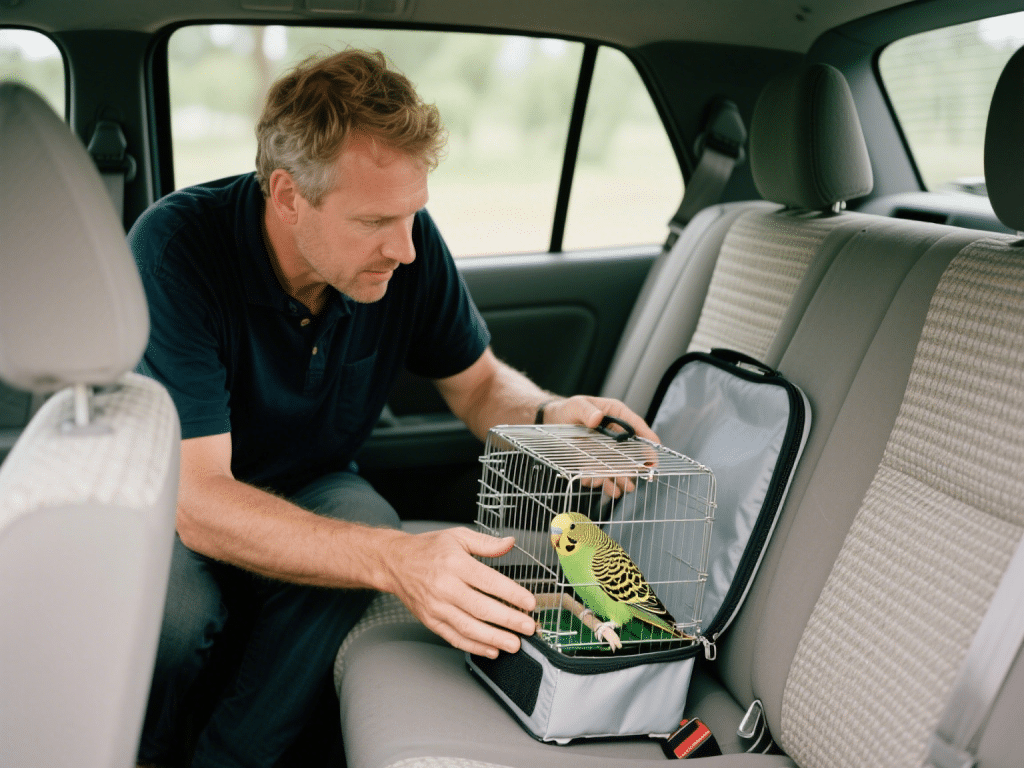
Whether jetting off for a weekend getaway or relocating cross-country, traveling with small birds demands meticulous planning. As an avian behavior specialist and frequent bird-owner traveler, I’ve learned how to minimize stress, maintain health, and ensure safety. Below is my comprehensive roadmap for hassle-free avian travel.
1. Pre-Trip Health Check
Visit an avian veterinarian 2–3 weeks before departure for a wellness exam, fecal screening, and wing/nail trim if needed. Obtain a health certificate if required by airlines or state regulations.
2. Choose the Right Travel Carrier
Opt for a lightweight, sturdy travel cage with secure locks and removable tray. Line the bottom with absorbent, unscented paper. Ensure bar spacing prevents escape but allows airflow.
3. Acclimate Your Bird
Introduce the travel cage into your home weeks prior to travel; leave it open with perches and favorite toys inside. Place near the main living area so your bird associates it with safety and normal activity.
4. Diet and Hydration Strategy
Two days before travel, transition to a high-energy seed mix supplemented with pellets. On travel day, offer water in a no-spill dish or water bottle attachment. Consider hydrating fruits like diced apple (seedless) to encourage fluid intake.
5. Temperature and Ventilation
Maintain a stable ambient temperature (65–80 °F). Avoid direct sunlight or drafts. In cars, use seat-level placement away from air-conditioning vents. In airplanes, follow cabin temperature guidelines and stow cage as directed.
6. Minimize Noise and Motion Stress
Cover the travel cage with a breathable cloth to dampen visual stimuli, reducing cortisol spikes. Secure the cage with a seat belt or bungee cords to prevent sudden shifts during braking or turbulence.
7. In-Transit Comfort Items
Include a familiar perch, a small toy, and a cuttlebone for distraction. Offer a shallow dish of millet spray as a travel treat—its novelty encourages eating and exploration.
8. Bathroom Breaks and Waste Management
For car travel exceeding 4 hours, plan stops every 2–3 hours to replace soiled liners. Never open the cage outdoors; instead, wipe away droppings with damp cloths under the cover.
9. Regulatory Compliance
Research airline or state pet policies well in advance. Some carriers require rigid travel crates or crate registration. For international travel, verify quarantine periods and import permits.
10. Post-Trip Monitoring
Upon arrival, set the cage in a quiet, familiar-smelling room. Offer water and food; observe appetite, vocalizations, and droppings for 24–48 hours. Any reluctance to eat or unusual behavior warrants veterinary attention.
结语
Traveling with small birds can be rewarding and enriching when approached thoughtfully. As an avian specialist who’s escorted dozens of parakeets and canaries across thousands of miles, I assure you these strategies foster safe passage and preserve your feathered friend’s well-being.

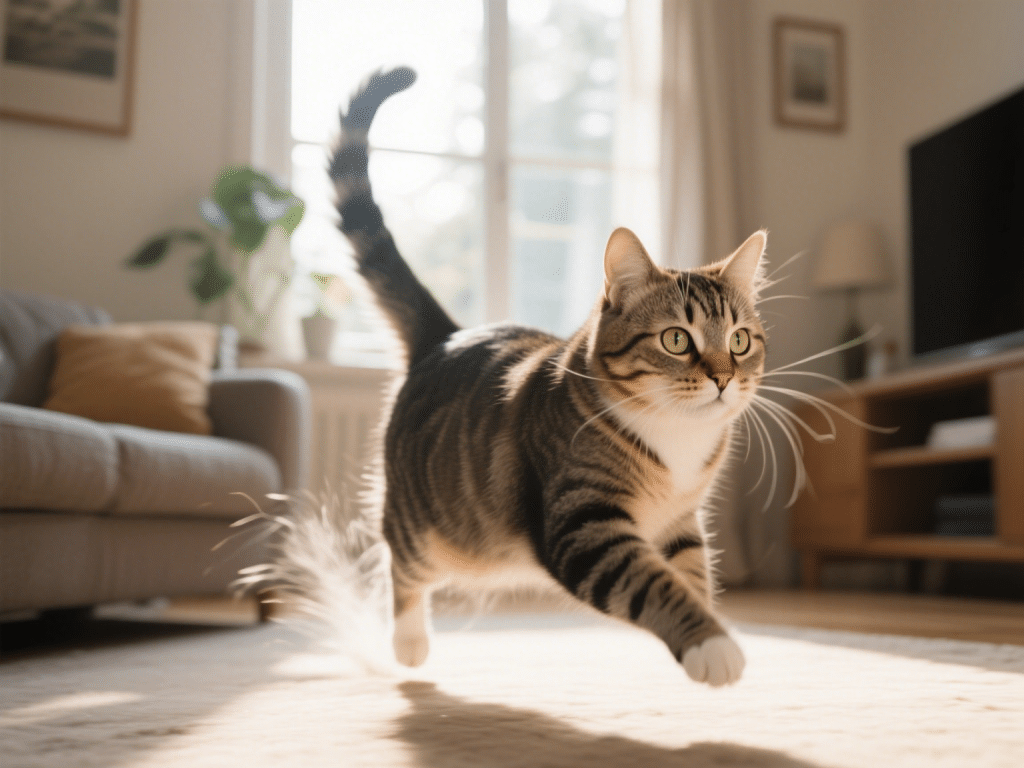
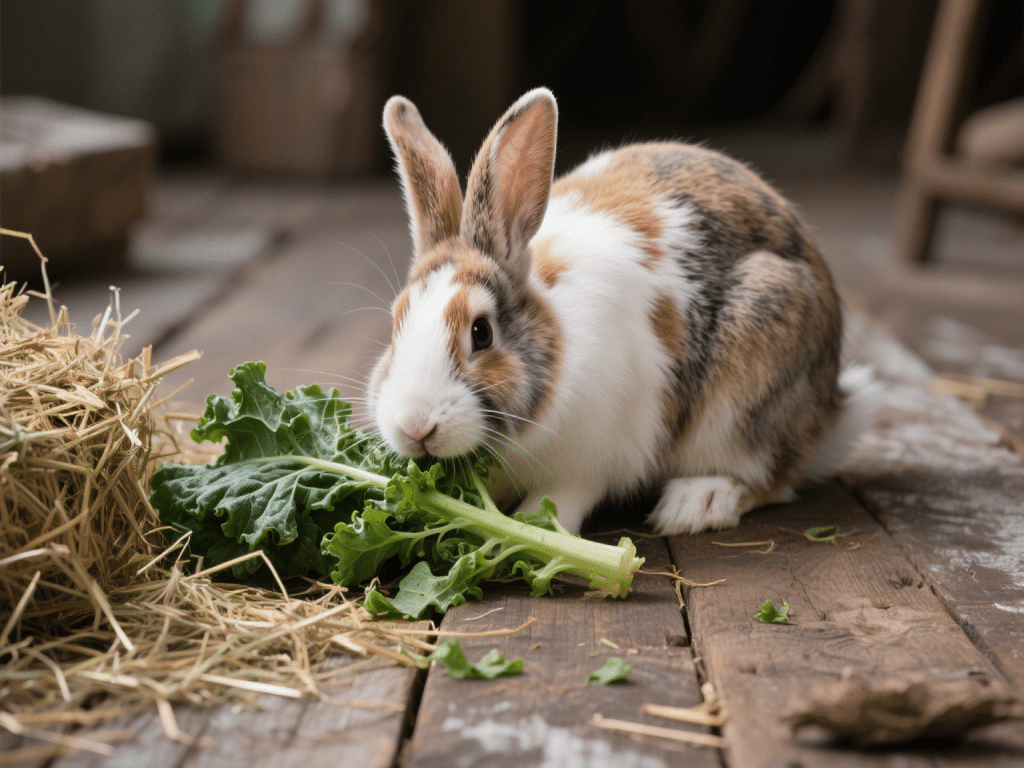
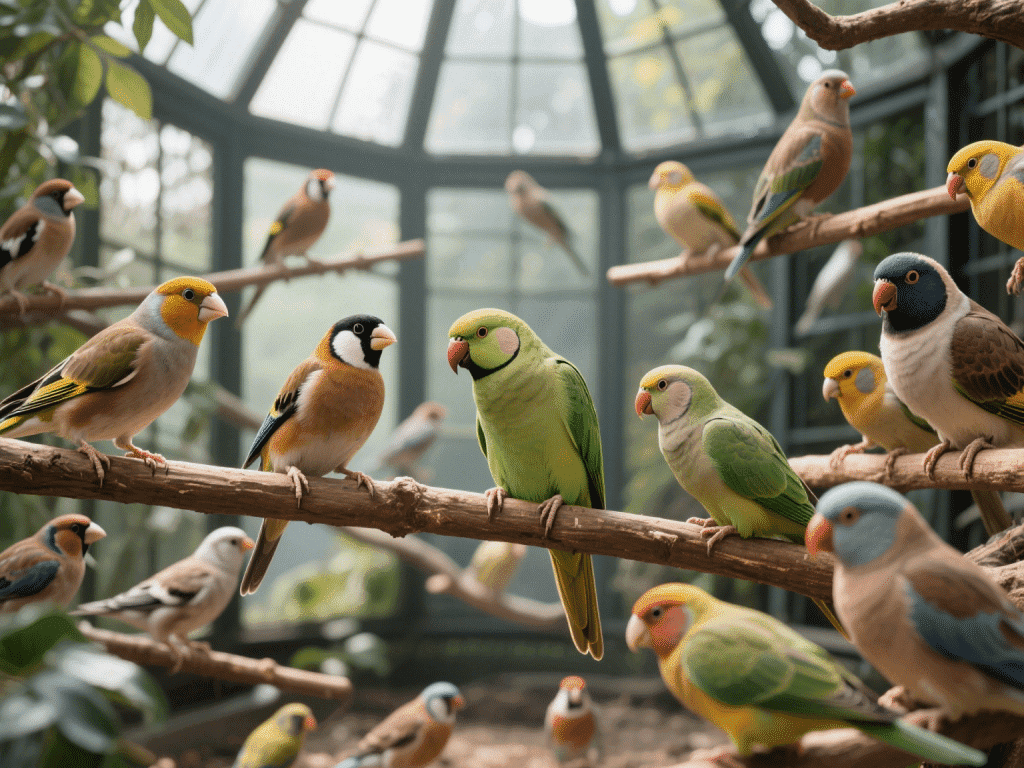
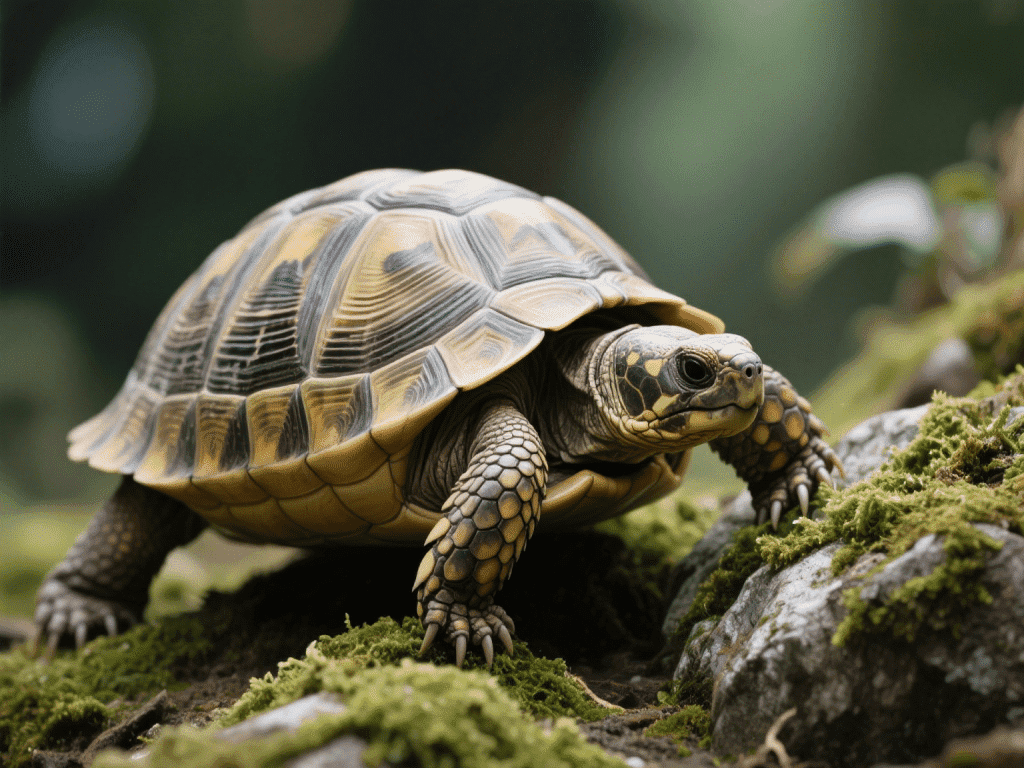
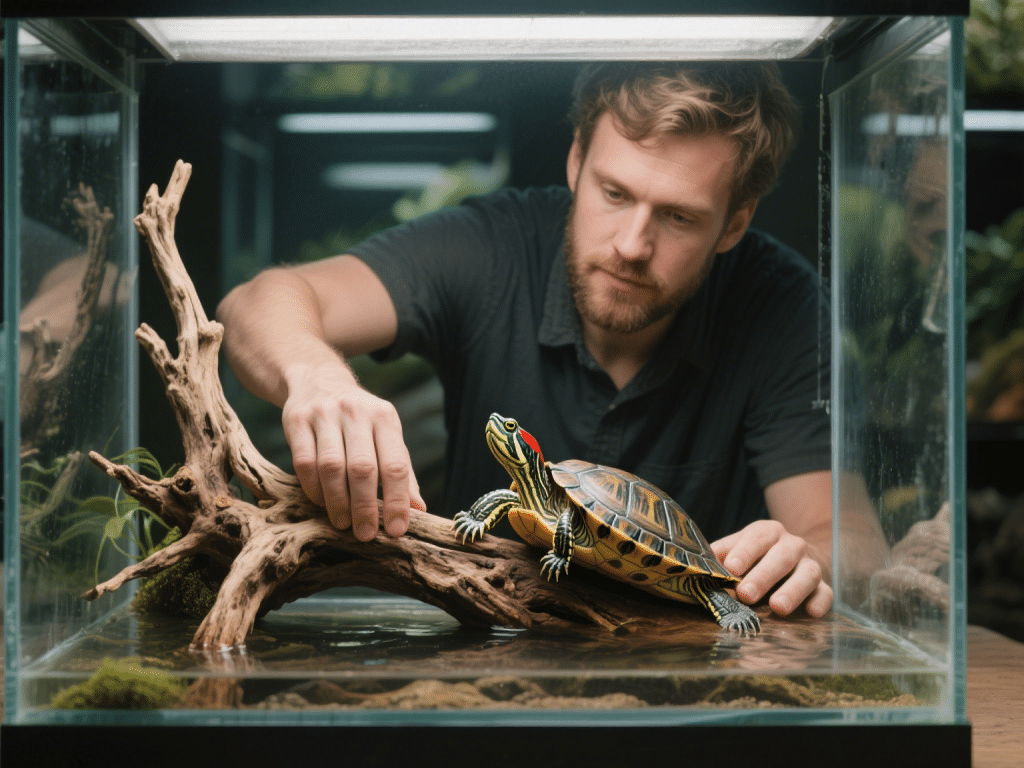



Comments on " Traveling with Small Birds: Ensuring Comfort and Safety" :